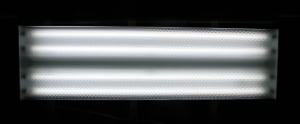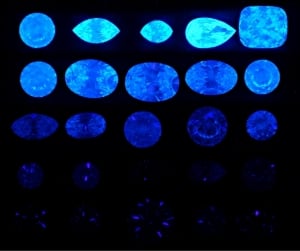- Joined
- Jan 7, 2009
- Messages
- 10,464
Re: Article: Over Grading of Blue Fluorescent Diamonds Revis
As I've mentioned, in looking at a lot of goods I don't find a lot of obvious mistakes in GIA color grading. One shade disputes are relatively common. Two shade disputes between trained graders are very rare.
Certainly never a stone that looked like an F under grading lights and J in any other lighting which was bright enough to differentiate diamond color grades.
Is it possible we can get more details on how the stones in this part of the study were viewed? Specifically can you describe the lighting outside the Diamondlite?
As I've mentioned, in looking at a lot of goods I don't find a lot of obvious mistakes in GIA color grading. One shade disputes are relatively common. Two shade disputes between trained graders are very rare.
Certainly never a stone that looked like an F under grading lights and J in any other lighting which was bright enough to differentiate diamond color grades.
Is it possible we can get more details on how the stones in this part of the study were viewed? Specifically can you describe the lighting outside the Diamondlite?








300x240.png)